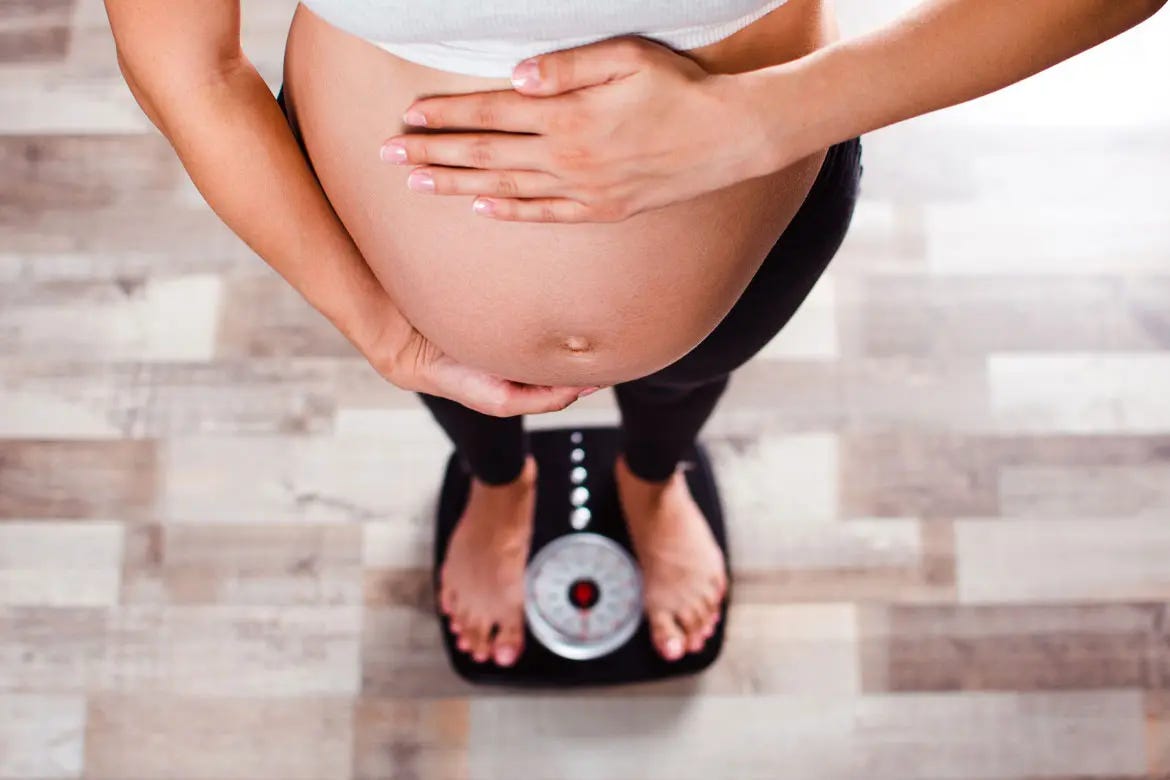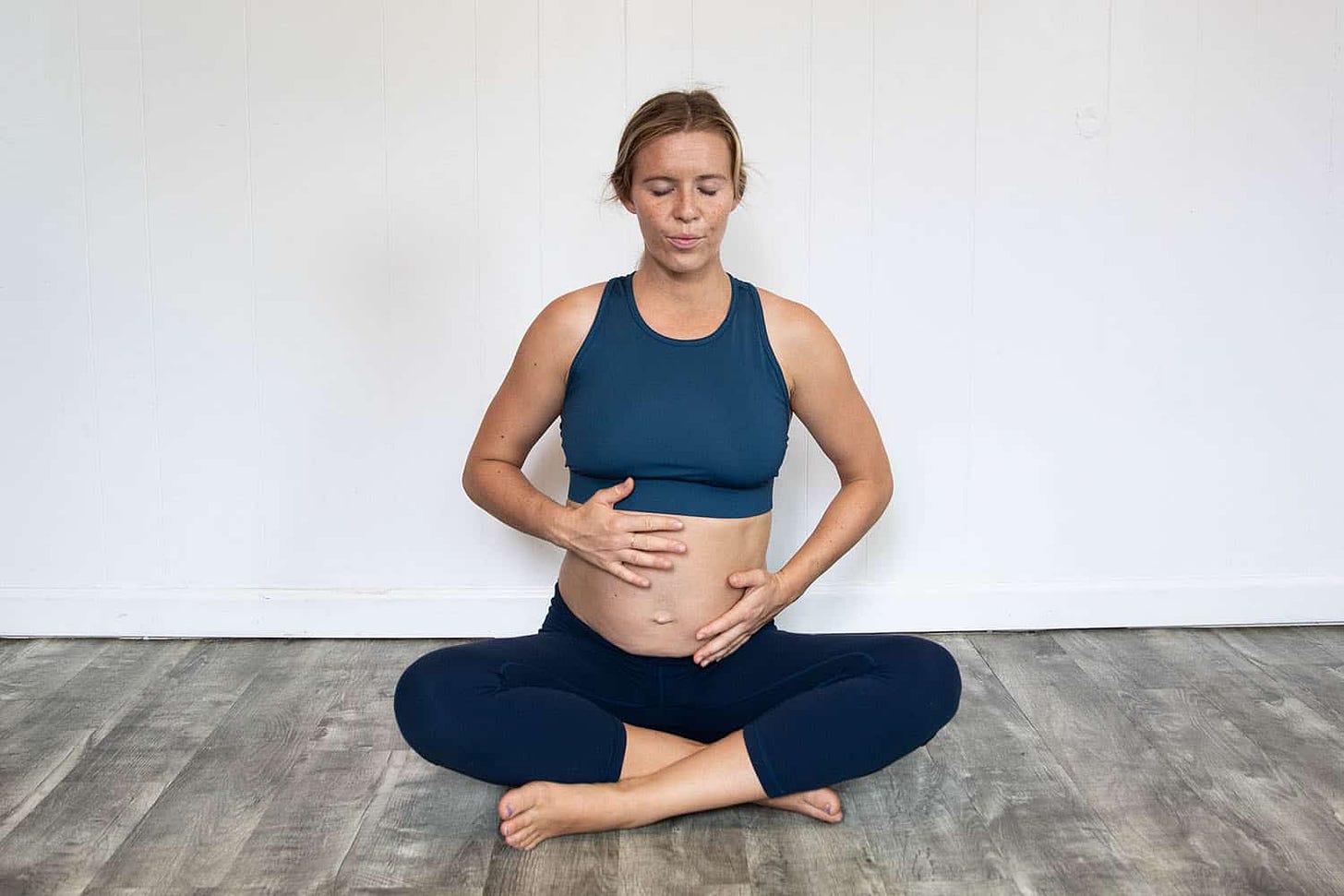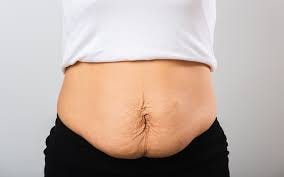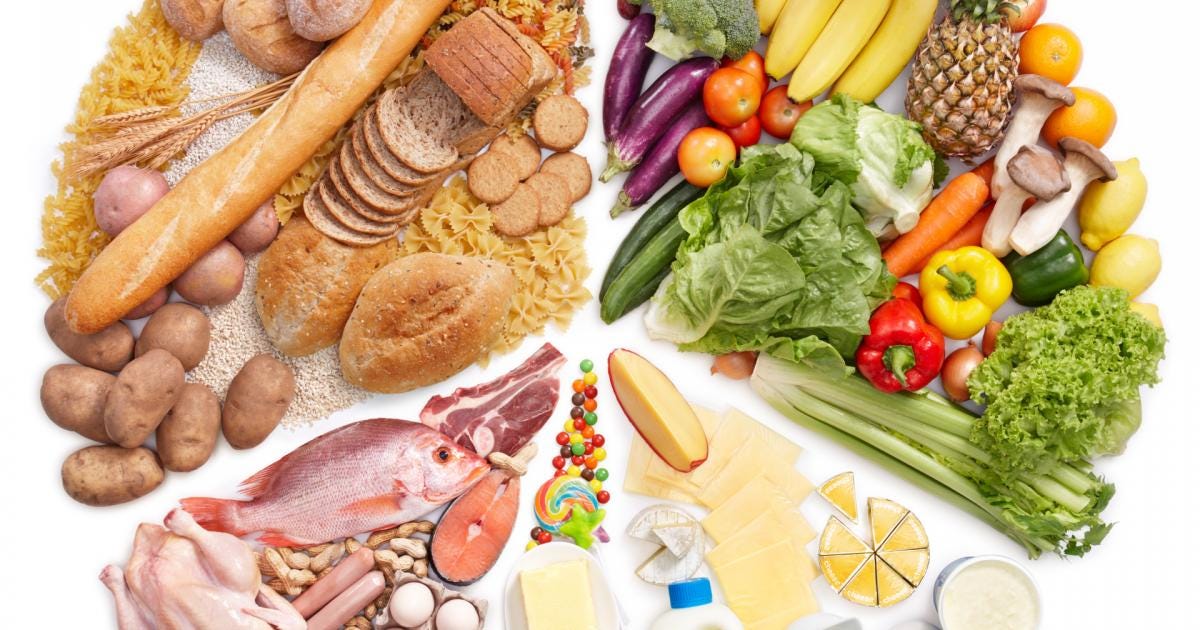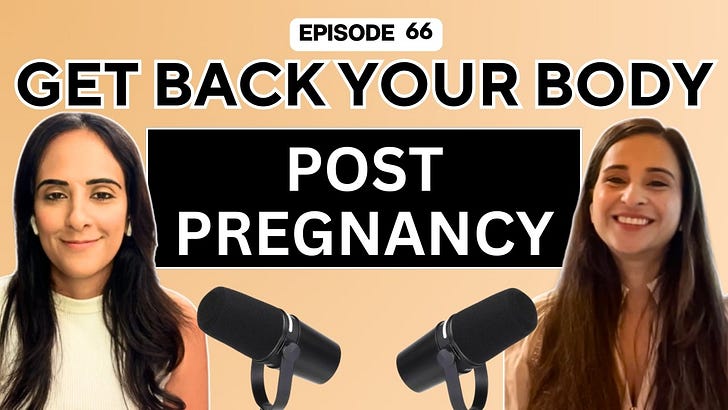Motherhood is one of the most transformative journeys a woman can experience. Along with the joy of holding your newborn, it also brings a wave of changes to your body — changes that can sometimes feel overwhelming, confusing, or even discouraging. While society often celebrates women who “snap back” quickly after pregnancy, the truth is that postpartum recovery is deeply personal, and every mother’s path looks different.
To shed light on this important topic, Sanchita Daswani, pediatric nutritionist and host of the Modern Indian Parent Podcast, sat down with Ankita Sahni, certified postpartum coach and founder of Mama Be Fit. Over the past five years, Ankita and her team have helped more than 2,500 mothers rebuild their strength, heal from common postpartum issues, and regain confidence in their bodies.
This conversation is part of the Mom Bod series, where mothers are encouraged to celebrate their bodies for all they’ve been through and to learn practical ways to nurture themselves during recovery.
Ankita’s Journey Into Postpartum Fitness
Ankita’s story begins with her own motherhood journey. After delivering her daughter via C-section, she assumed her background in fitness would help her bounce back effortlessly. Just a few weeks postpartum, she attempted to go for a run. But instead of feeling strong, she was left with severe back pain.
“I realized that what I was doing was the absolute worst way to return to fitness,” Ankita recalls. “There was so much information online, but it was scattered, mostly international, and not structured for Indian mothers. Even the hospital didn’t provide clear guidance.”
That personal struggle inspired Ankita to study female anatomy, specialize in postpartum recovery, and eventually launch Mama Be Fit. Today, she designs programs that bridge the gap between childbirth and long-term fitness, offering mothers a structured and supportive way to heal.
How Much Weight Gain and Loss Is Normal?
Weight gain during pregnancy and weight loss after is one of the biggest concerns for new mothers. But Ankita is quick to emphasize that there is no single “normal” number.
Women who enter pregnancy with a higher BMI may be advised to gain less (around 6–8 kg).
Those within a healthy BMI typically gain 8–12 kg.
Underweight women may need to gain more to support both themselves and the baby.
Beyond numbers, factors like genetics, metabolism, and hormones play a huge role. Some mothers may shed weight quickly, while others hold onto it longer — and both are okay.
“Weight isn’t just fat,” Ankita explains. “It’s also water and fluid retention. Some people naturally ‘snap back’ faster because of genetics or a history of good nutrition and regular exercise. But others may struggle, especially if hormones and diet aren’t supporting their recovery.”
She points out a common cultural challenge in India: the tradition of feeding mothers heavy amounts of ghee, laddoos, and carb-rich foods in the first few weeks postpartum. While many of these foods contain beneficial ingredients, excess consumption often leads to stubborn weight gain. Balance, she says, is the key.
What Changes Can You Expect After Pregnancy?
New mothers often feel alarmed by the changes in their bodies — from a soft belly to back pain, bloating, or even urine leakage. Ankita urges moms to understand that while these symptoms are common, they shouldn’t be accepted as permanent or “normal.”
“Many women are told, ‘Because you had a C-section, you’ll always have a pouch,’ or ‘Epidurals will leave you with lifelong back pain.’ These are myths,” Ankita says. “There are ways to work on all of these issues.”
The key is not to resign yourself to discomfort, but to approach recovery with awareness and the right tools.
When Can You Start Working Out?
One of the most pressing questions moms ask is when they can start moving again. Ankita’s advice is clear:
Walking can begin as soon as you feel ready. Even 10–15 minutes of gentle walking is excellent for mental health, mood regulation, and jumpstarting metabolism.
Structured workouts depend on the type of delivery:
Vaginal birth: usually after 3–4 weeks
C-section: usually after 6–8 weeks
Always wait for clearance from your gynecologist before starting.
Importantly, Ankita advises against jumping straight back into pre-pregnancy routines. Instead, begin with postpartum core rehabilitation.
The Best Workout for Moms
So what exactly should postpartum workouts look like? Ankita explains that they don’t resemble intense gym sessions or group classes. Instead, they focus on:
Breathing techniques
Core connection
Mobility and posture
Gentle strengthening
Only after a couple of months of this foundation should women transition back to formats like Pilates, yoga, or weight training.
Diastasis Recti: The “Mommy Pooch”
One of the most misunderstood postpartum issues is diastasis recti, commonly called the “mommy pooch.” It’s the separation of abdominal muscles to make space for the baby. While this separation should naturally heal within three months after birth, sometimes the gap persists.
Signs of diastasis include:
A belly that still looks pregnant months later
Constant bloating
Unexplained back pain
Core rehab exercises, which focus on breathing, posture, and the deep abdominal muscles, can help restore function. And it’s never too late to start. “I’ve worked with moms whose children are teenagers,” Ankita says. “It may take longer, but recovery is always possible.”
Understanding Urinary Incontinence
Another common issue is urinary incontinence — leaking urine while coughing, sneezing, or exercising. Ankita explains that this happens when the pelvic floor muscles are either weak or overstressed.
“Think of the pelvic floor like an elastic band,” she says. “It needs to stretch and contract properly. Our exercises help restore that balance.”
With the right combination of relaxation and strengthening, most mothers can heal from incontinence, regaining confidence in their everyday movements.
Should You Wait Until You’ve Had All Your Kids?
Many mothers postpone working on their bodies until they’ve had their last child. Ankita advises against this approach.
“Fitness isn’t just about looking good. It’s about being strong enough to care for your babies, your home, and yourself,” she says. Strengthening your core and nutrition between pregnancies also makes future recoveries smoother and prevents issues from compounding.
The Power of Breathwork
Breathwork is one of the most overlooked yet powerful tools for postpartum recovery. Ankita calls it the holy grail.
“Even if you do nothing else, five minutes of connection breath daily can improve diastasis, posture, and back pain,” she explains. Breathwork also calms the mind, helping mothers cope with sleepless nights and the emotional overwhelm of new motherhood.
Nutrition for New Moms
When it comes to postpartum diets, Ankita emphasizes a balanced plate:
Protein (paneer, eggs, lentils, lean meats, or shakes)
Good fats (nuts, seeds, ghee in moderation, omega-rich foods)
Complex carbs (quinoa, poha, upma, whole grains)
Plenty of vegetables and fruits
Adequate hydration
She stresses that lactation is supported more by hydration and protein than by carb-heavy meals. Unfortunately, cultural myths often restrict protein in the early days, fearing it will make babies colicky. Ankita reassures mothers that only certain foods may affect individual babies, and blanket restrictions are unnecessary.
Supplements also play a role. “Even with the best diet, our bodies need extra support after growing and feeding a baby,” she says. Multivitamins, calcium, and omega-3s are often recommended.
Busting Postpartum Myths
Some myths Ankita frequently encounters:
“You must eat double portions for lactation.” In reality, lactation depends more on hydration and balanced nutrition.
“Protein causes gas in babies.” Not true for most cases; only specific sensitivities may require adjustments.
“You’ll always have a pouch after a C-section.” With rehab, the core can recover.
Do Superfoods Exist?
Instead of expensive powders or exotic ingredients, Ankita defines superfoods as seasonal and local. “Your sabzi from the nearby farm is more beneficial than imported ragi powder that’s been processed and shipped across states,” she says.
She encourages variety: three vegetables daily, multiple protein sources, seasonal fruits, and plenty of water. “Hydration is a superfood in itself,” she adds.
Many new moms are told by parents or elders to drink special waters or concoctions to “flush out toxins” and reduce water retention. Ankita clears up this common belief:
“There are no special foods that magically detox your body,” she explains. “Your liver and kidneys are already capable of eliminating toxins. What you can do is support your body by eating foods that are easy to digest and anti-inflammatory.”
Some of her practical suggestions include:
Lemon water to ease bloating and improve digestion
Fresh cucumber and watermelon salads for hydration and constipation relief
Brothy soups, which are light yet nourishing and reduce inflammation
Simple Indian spices like raw turmeric, black pepper, and herbal teas to boost metabolism
Do Body Wraps Work?
In many cultures, postpartum women are encouraged to use body wraps or tummy belts. While Ankita acknowledges they can provide back support if tied correctly, she clarifies:
“No wrap will make your stomach go back in. Only core rehab and nutrition will do that. Wraps are support tools, not slimming tools.”
Finding Time as a Mom
Perhaps the biggest challenge is time. New moms are stretched thin, juggling sleepless nights, feeding schedules, and household responsibilities. Ankita’s encouragement is simple:
Start small — even 3 hours a week is enough.
Take expert guidance so you don’t waste energy figuring it all out.
Remember that showing up consistently matters more than doing everything perfectly.
“If you have time to eat or watch a show, you can make time for yourself,” Ankita says. “It’s not about laziness — it’s about starting slow, taking help, and trusting the process.”
Final Thoughts
Postpartum recovery isn’t about rushing to look like your pre-baby self. It’s about respecting your body, rebuilding strength, and giving yourself the care you deserve. With the right combination of core rehab, breathwork, balanced nutrition, and patience, every mother can feel strong, healthy, and confident again.
As Ankita beautifully concludes:
“Aesthetics will follow if you do the right things, but the real goal is to be strong — for yourself and your children.”
66. Rebuilding Strength After Birth
Every mother deserves to feel her best, especially after the incredible journey of childbirth!



